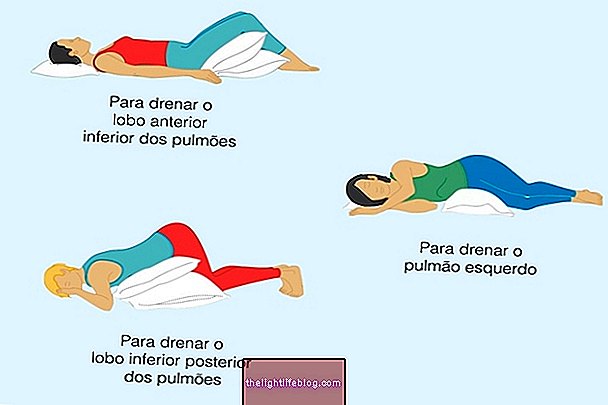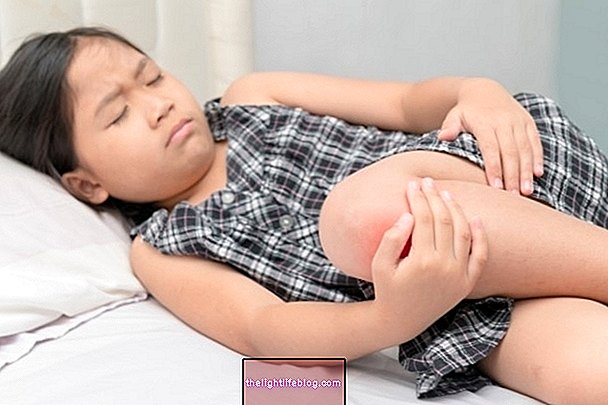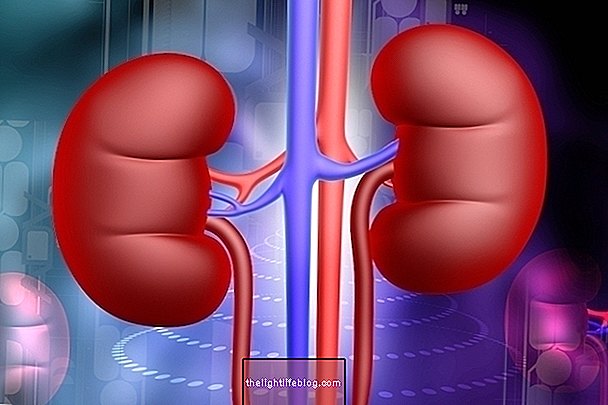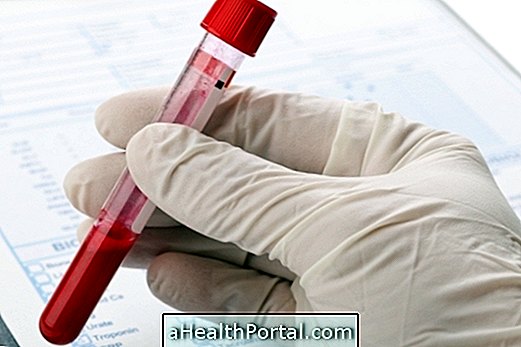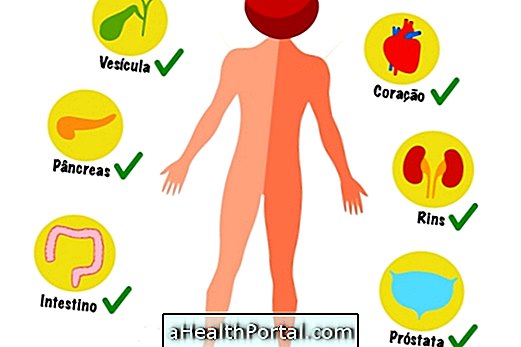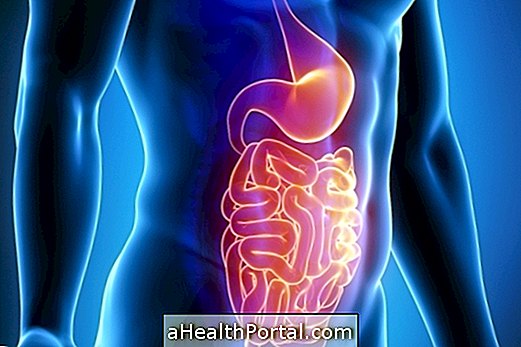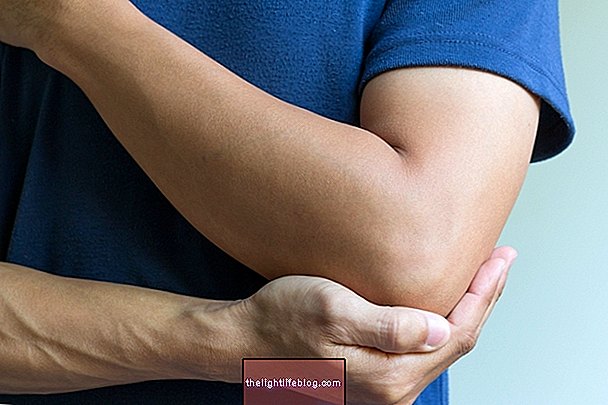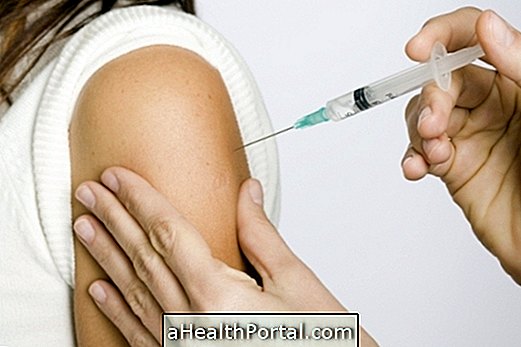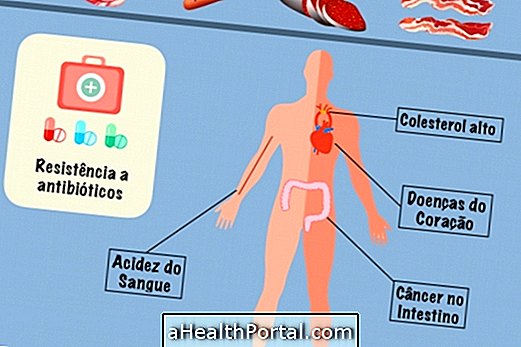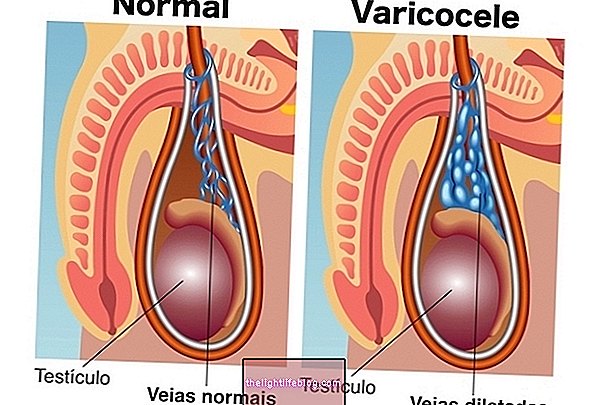Pediatric varicocele is relatively common and affects about 15% of male children and adolescents. This condition occurs due to a dilation of the veins of the testicles, which leads to an accumulation of blood in that location, being in most cases asymptomatic, but can cause infertility.
This problem is more common in adolescents than in children, because at puberty it increases the arterial blood flow to the testicles, which may exceed the venous capacity, resulting in a dilation of the testicular veins.

What causes
The exact cause of varicocele is not known for certain, but it is thought to occur when the valves within the testicle veins prevent the blood from passing properly, causing an accumulation in the site and consequent dilation.
In adolescents it can occur more easily due to the increase in arterial blood flow, characteristic of puberty, to the testicles, which can exceed the venous capacity, resulting in a dilation of these veins.
Varicocele can be bilateral but it is more frequent in the left testicle, which may have to do with the anatomical differences of the testicles, since the left testicular vein enters the renal vein, while the right testicular vein enters the inferior vena cava. this means a difference in hydrostatic pressure and a greater tendency for varicocele to occur where there is more pressure.
Possible signs and symptoms
Generally, when varicocele occurs in adolescence, it is asymptomatic, and rarely causes pain, being diagnosed by the pediatrician in a routine evaluation. However, some symptoms can occur, such as pain, discomfort or swelling.
Spermatogenesis is the testicular function most affected by varicocele. In adolescents with this condition, a decrease in sperm density, alteration of sperm morphology and decreased mobility have been observed, this is because varicocele leads to an increase in free radicals and endocrine imbalance and induces autoimmunity mediators that impair normal testicular function. and fertility.
How the treatment is done
Treatment is only indicated if varicocele causes symptoms such as testicular atrophy, pain or if sperm analyzes are abnormal, which can compromise fertility.
It may be necessary to have surgery, which is based on ligation or occlusion of the internal spermatic veins or microsurgical lymphatic preservation with microscopy or laparoscopy, which is associated with a reduction in the rate of recurrence and complications.
It is not yet known whether the treatment of varicocele in childhood and adolescence promotes a better result of semen characteristics, than the treatment performed later. Monitoring of adolescents should be done with testicular measurements annually and after adolescence, monitoring can be done by sperm test.
Was this information helpful?
Yes No
Your opinion is important! Write here how we can improve our text:
Any questions? Click here to be answered.
Email in which you want to receive a reply:
Check the confirmation email we sent you.
Your name:
Reason for visit:
--- Choose your reason --- DiseaseLive betterHelp another personGain knowledge
Are you a health professional?
NoMedicalPharmaceuticalsNurseNutritionistBiomedicalPhysiotherapistBeauticianOther

